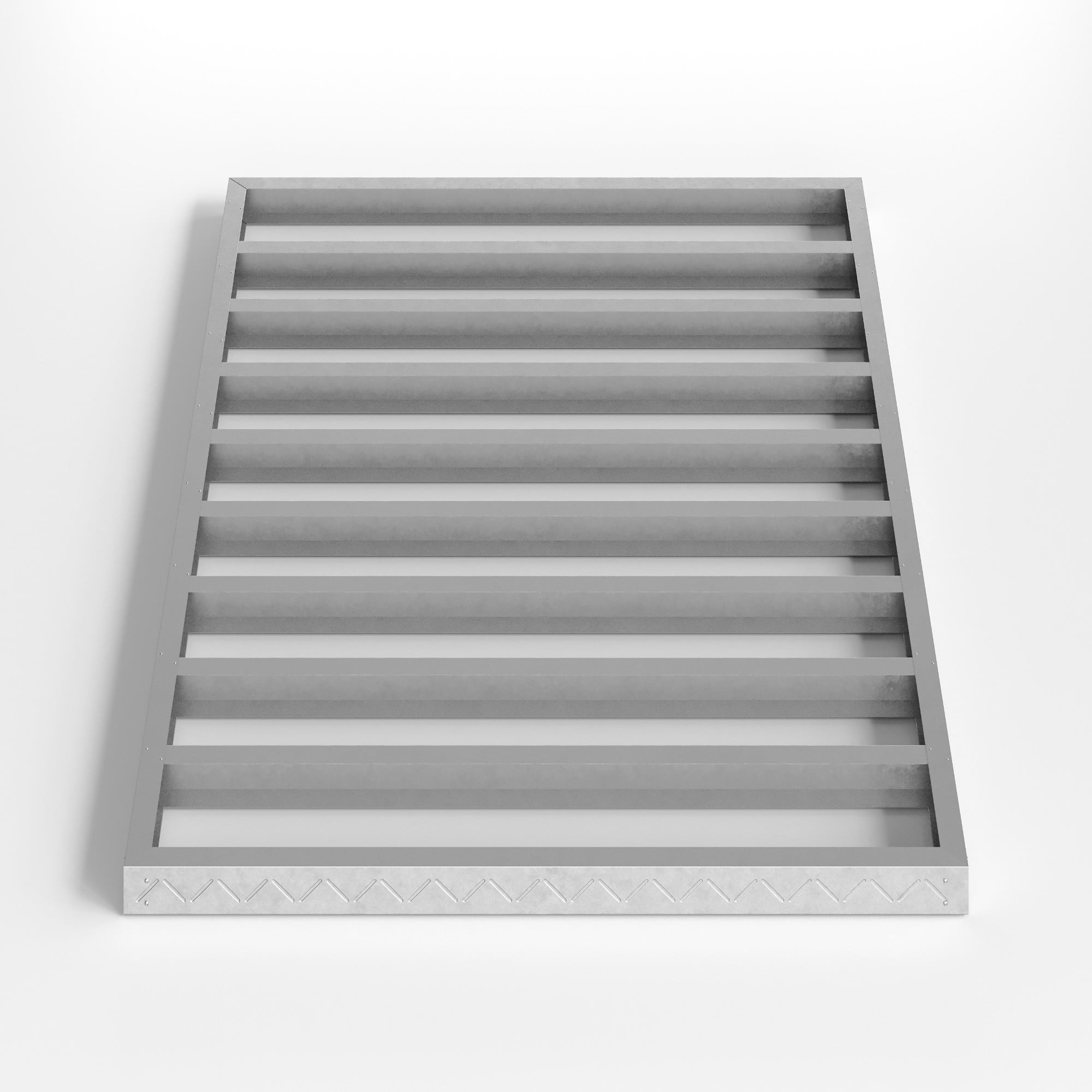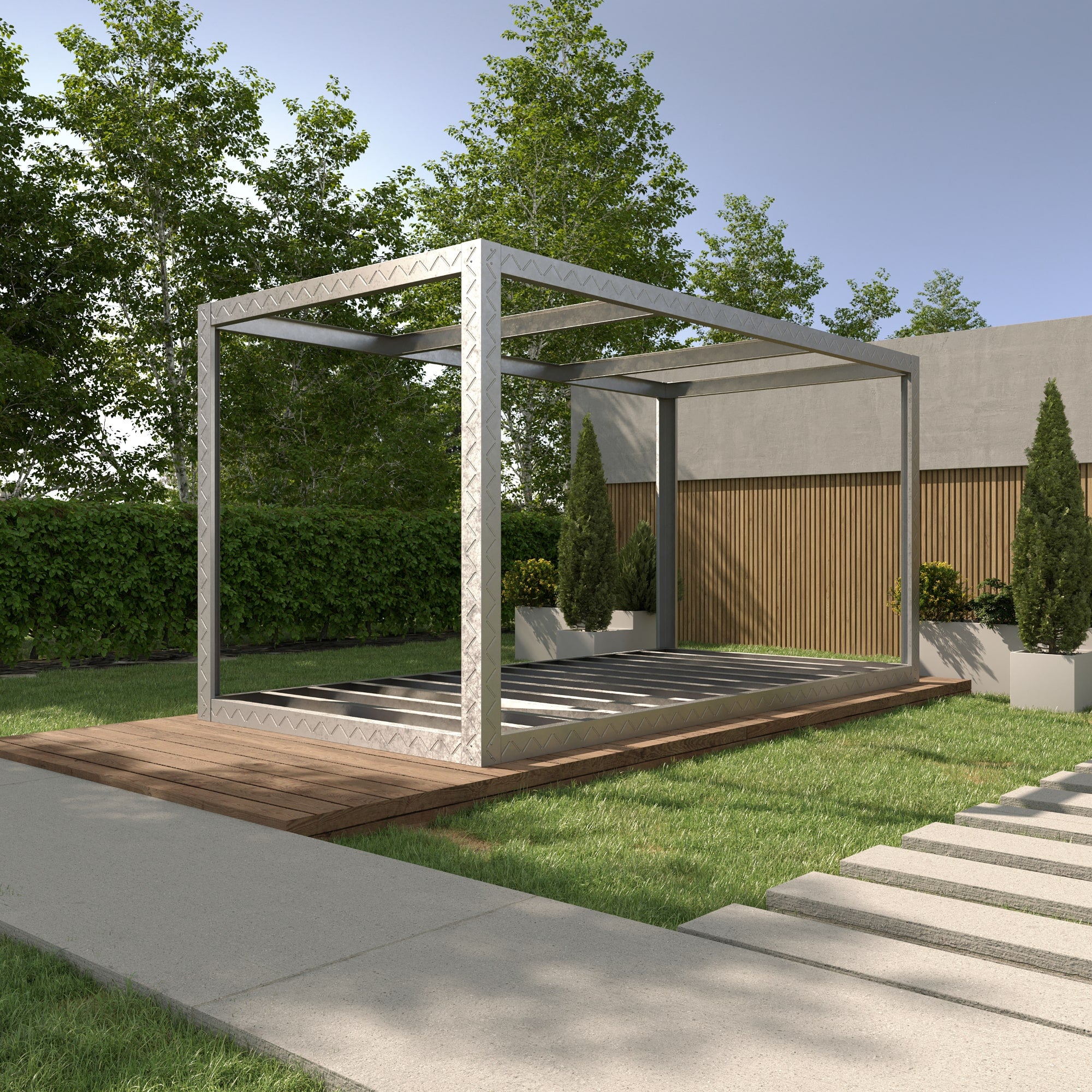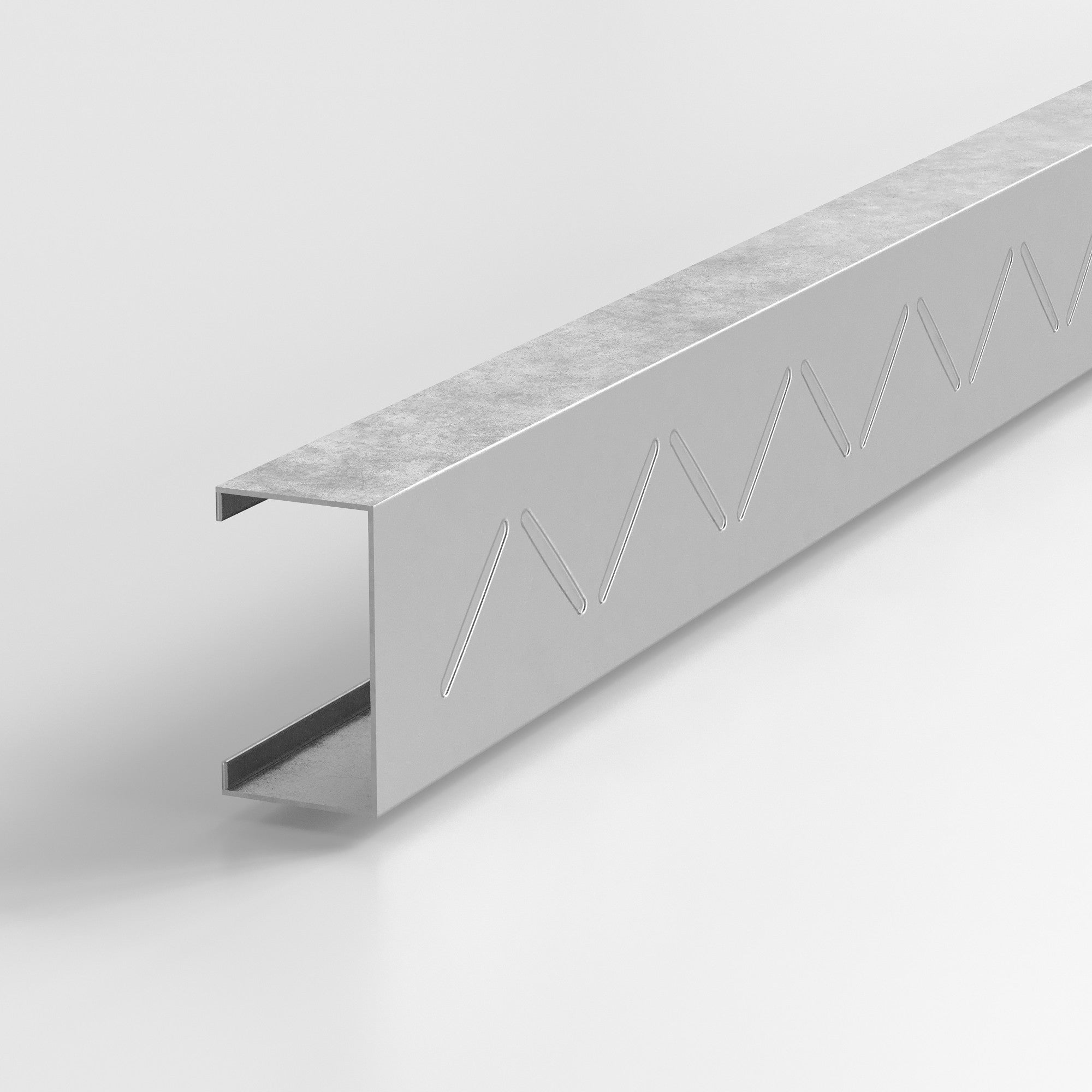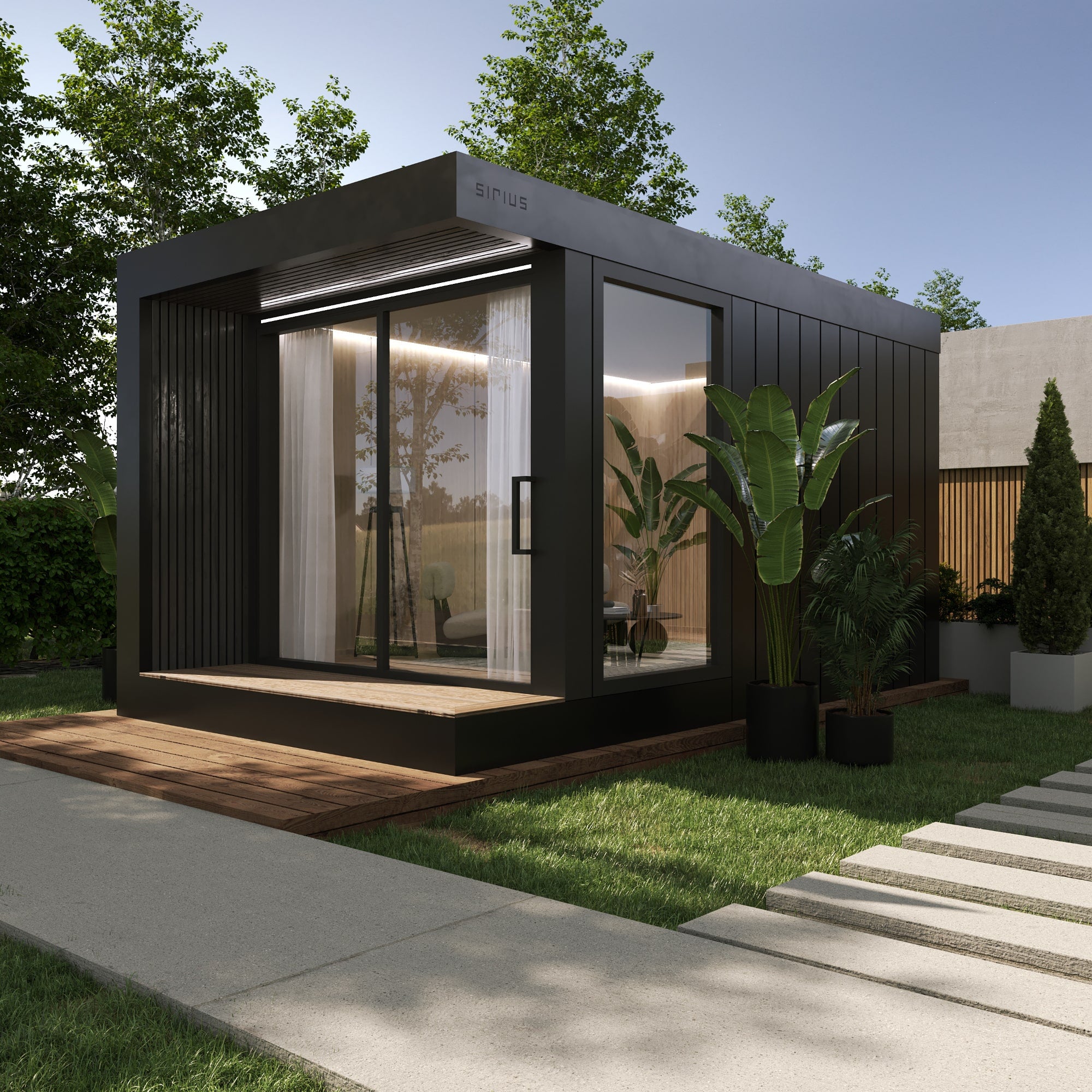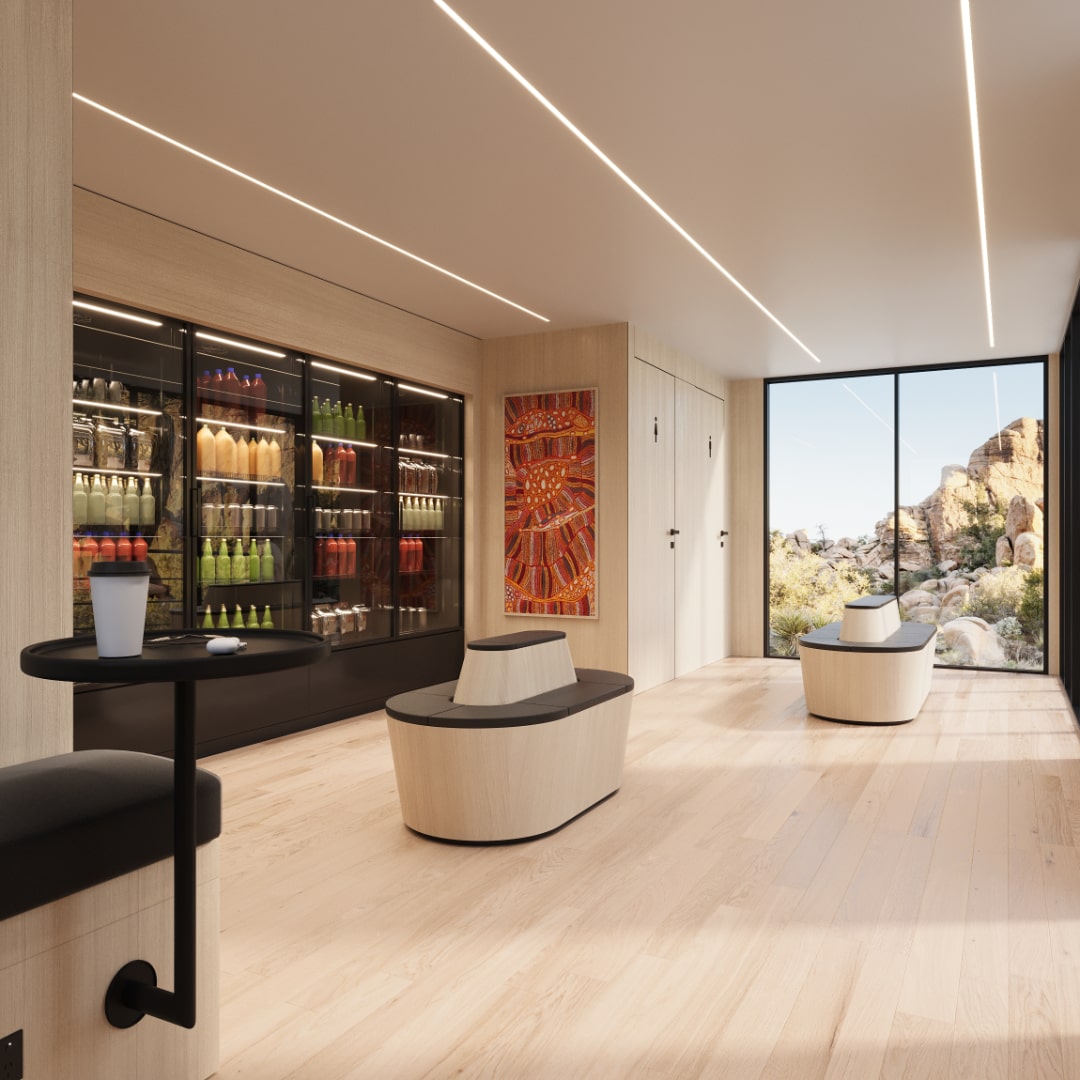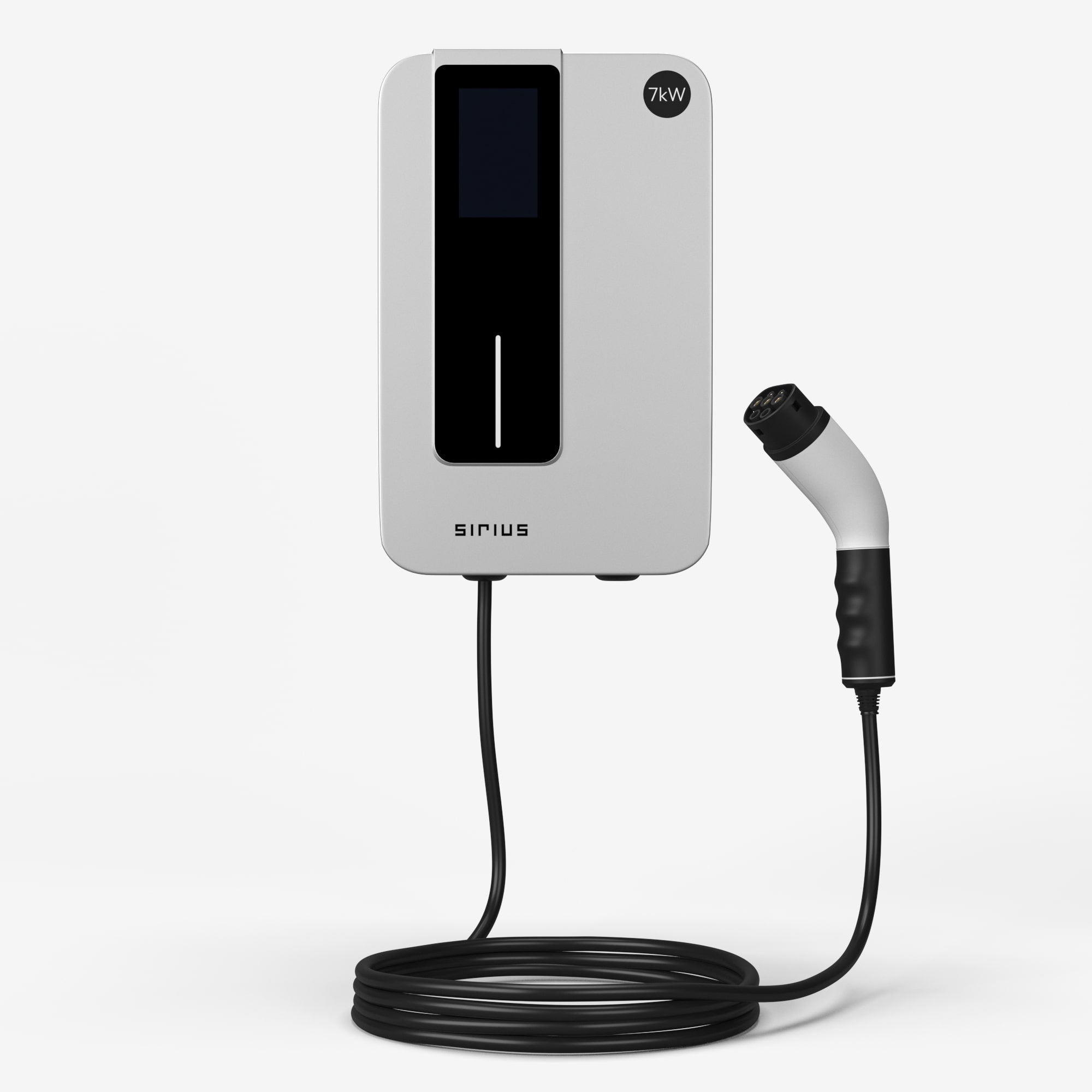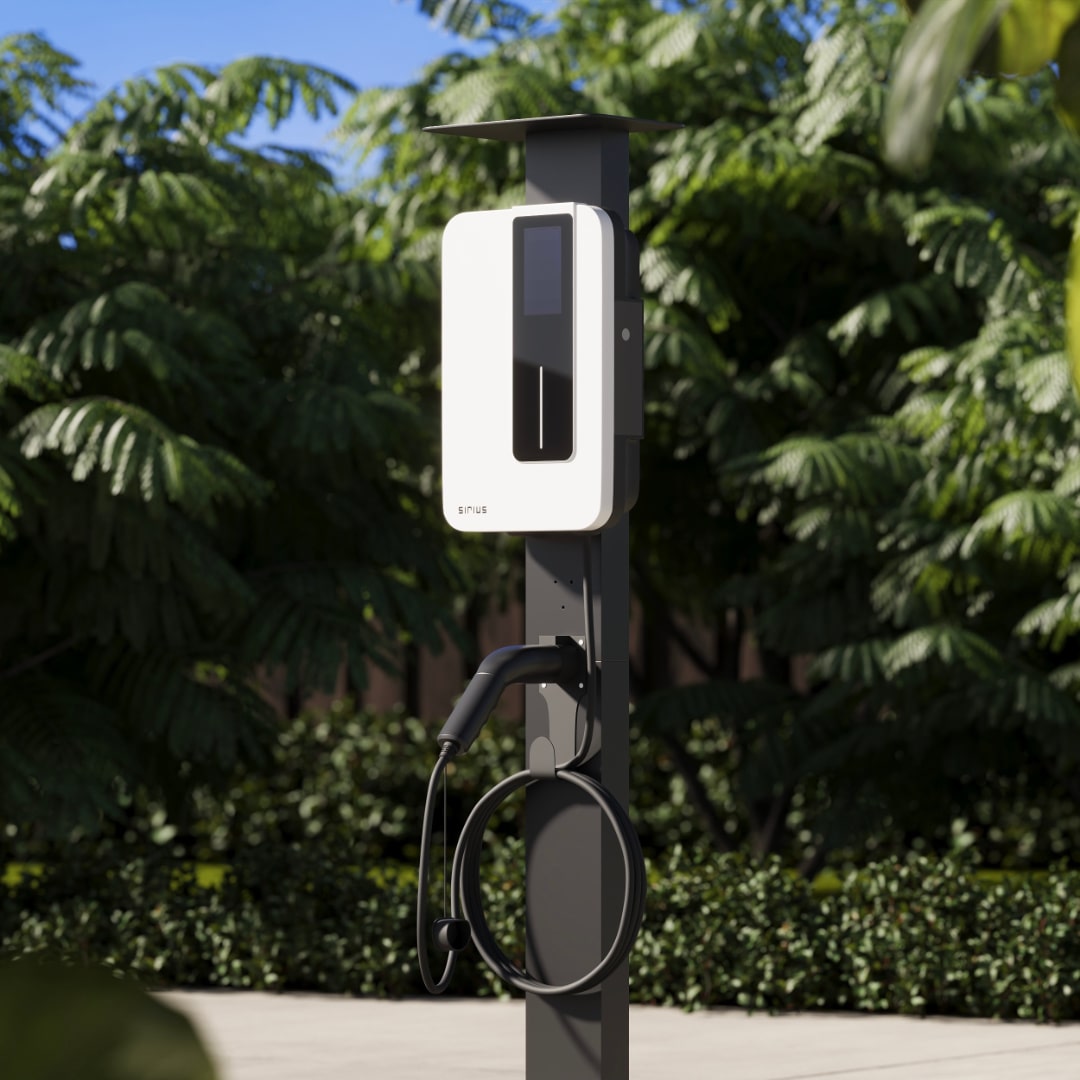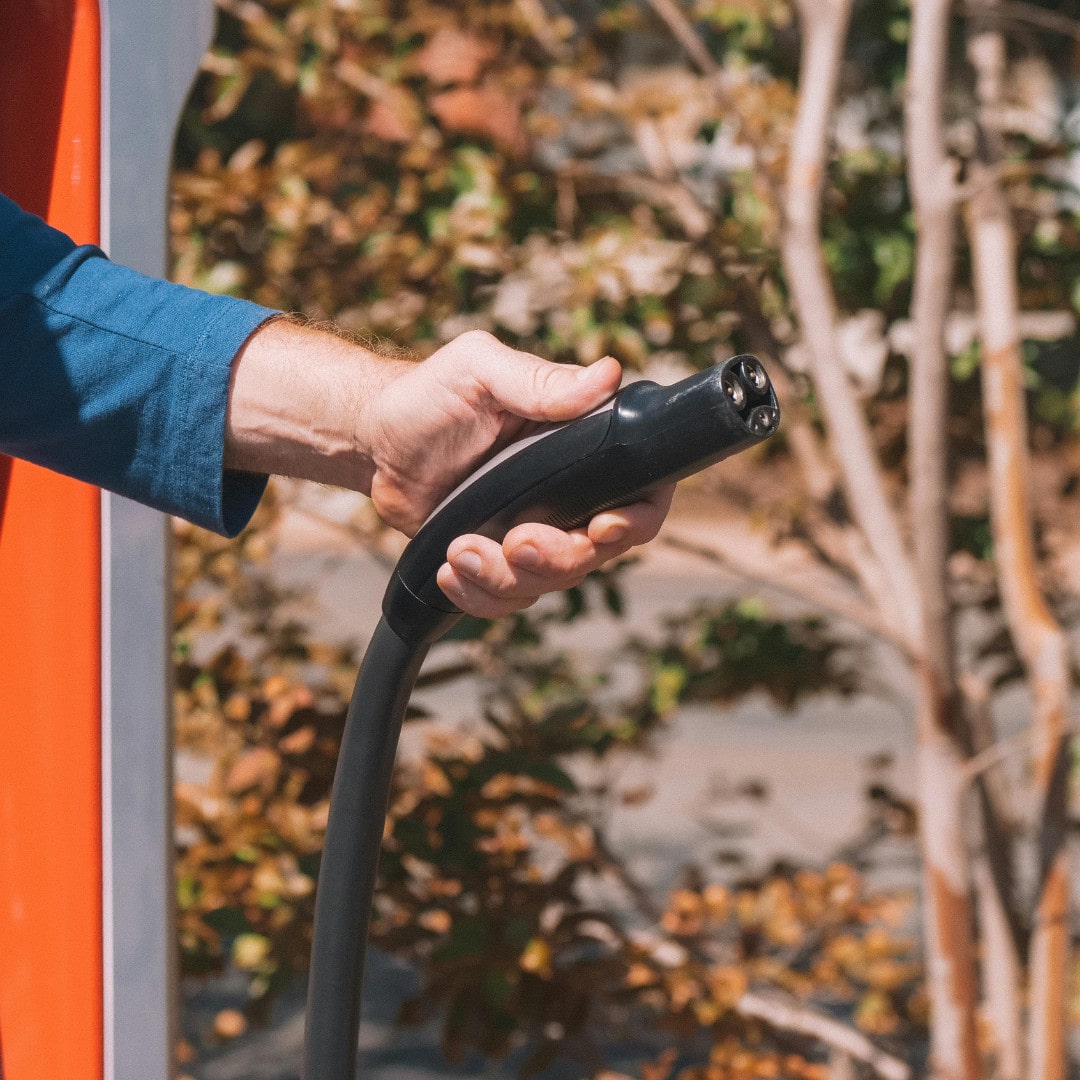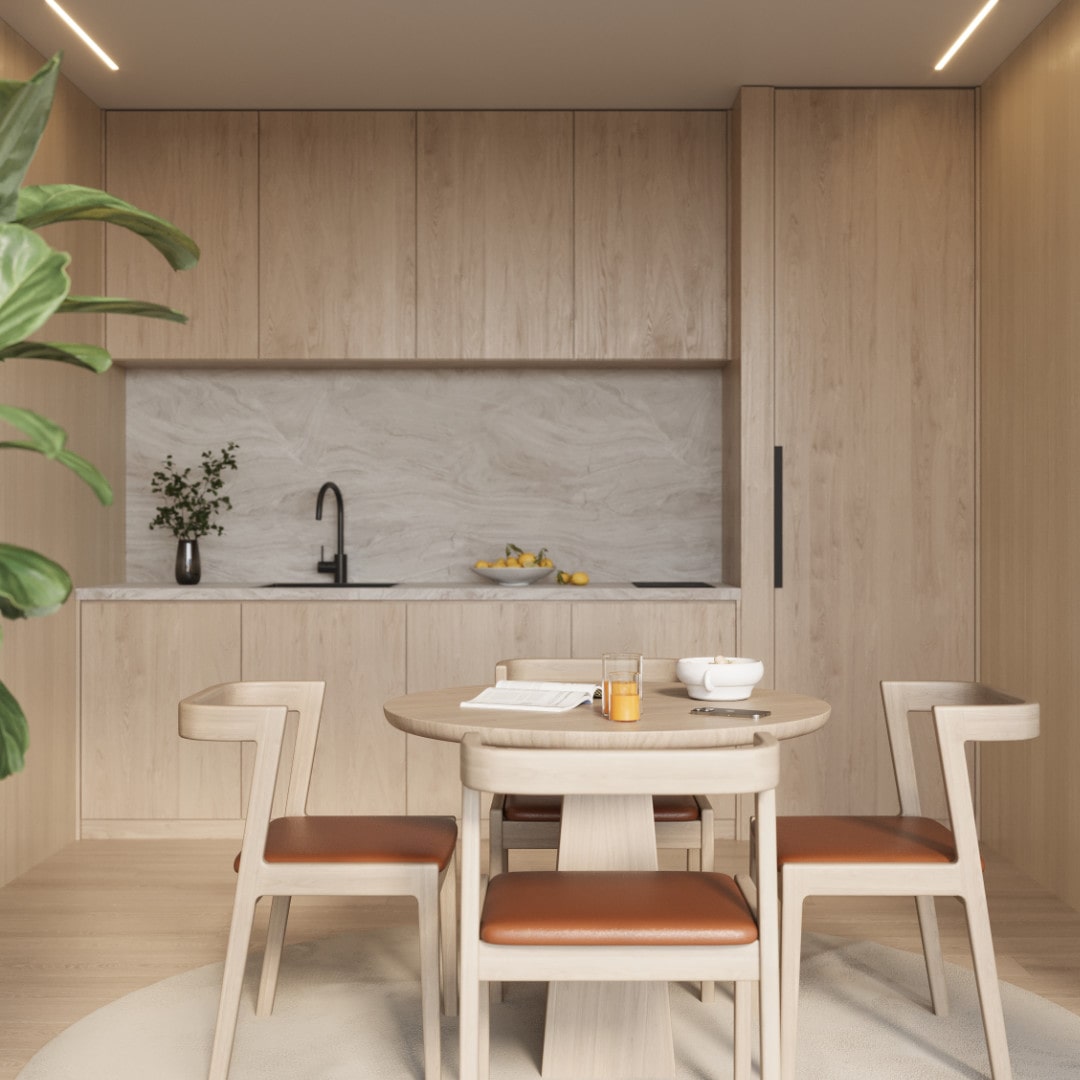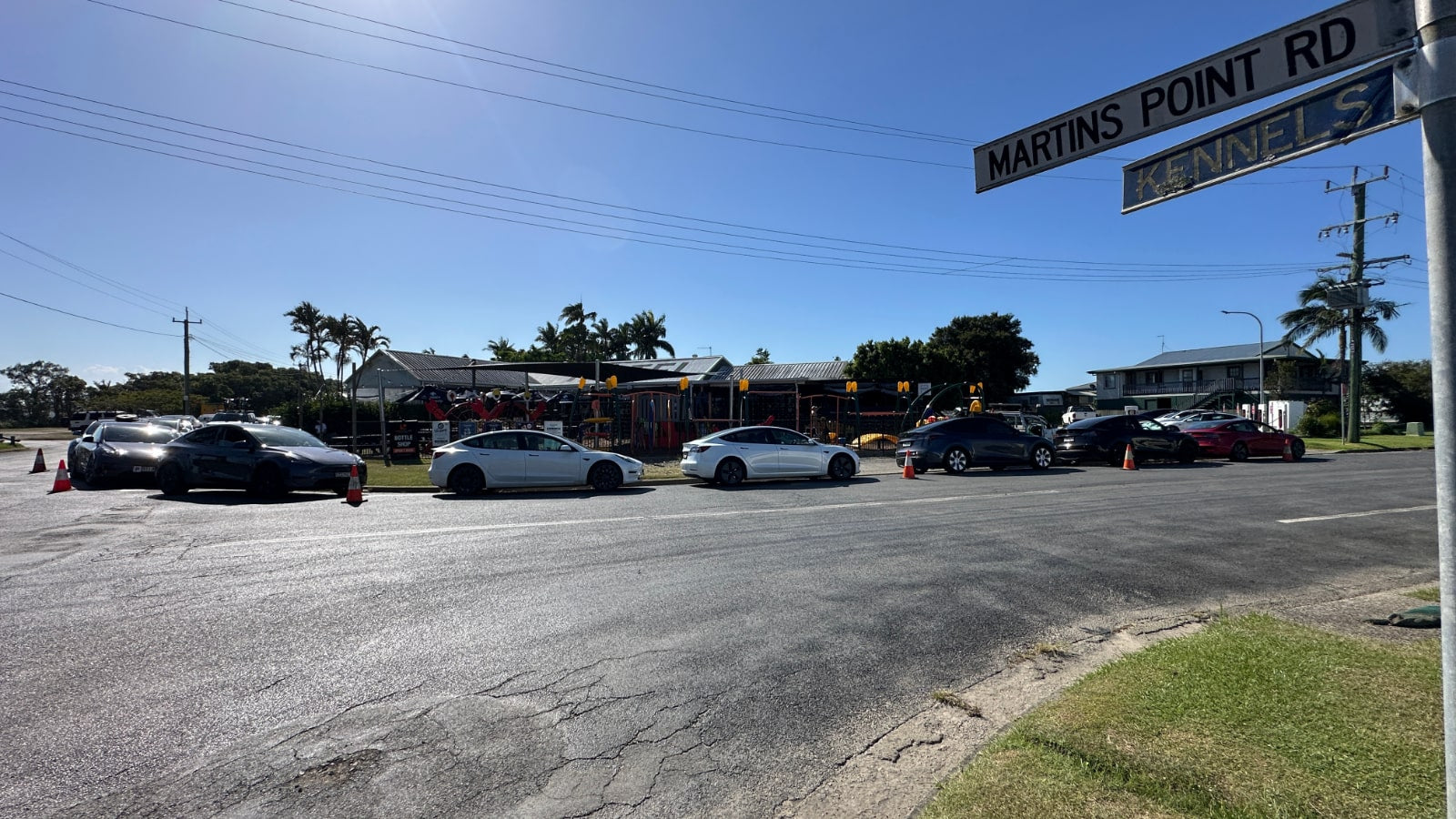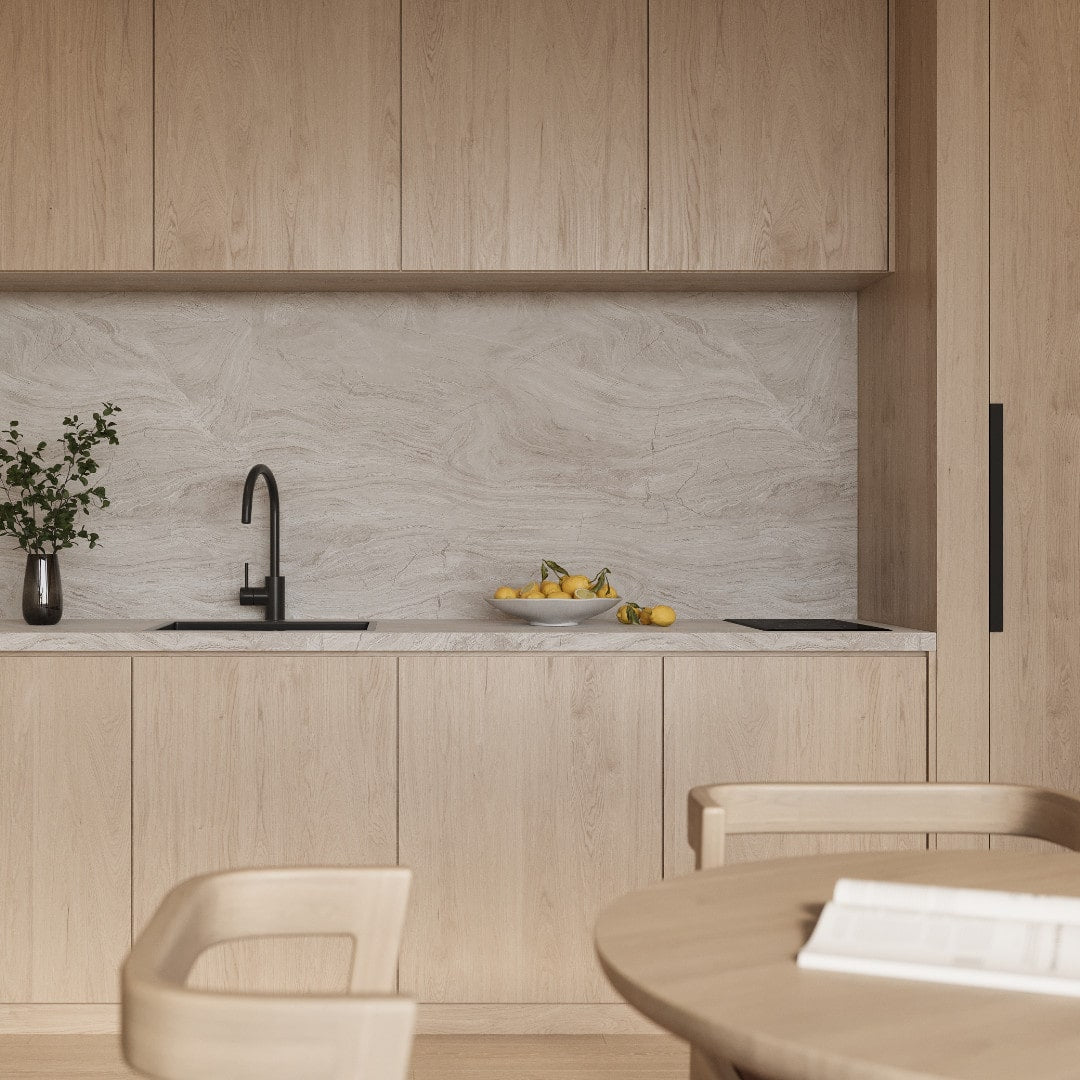In Harwood, New South Wales, there’s a small Tesla Supercharger site that tells a much bigger story.
On a sunny weekend, up to 21 cars lined Martins Point Road waiting for just four chargers. Drivers reported sitting in their vehicles for almost three hours, all for what should have been a quick 40-minute top-up.
This scene is becoming more common across Australia. What used to be a futuristic, exciting part of owning an electric vehicle is now turning into a long, frustrating wait.
EV Sales Are Booming, but Charging Isn’t Keeping Up
Australia’s adoption of electric vehicles has skyrocketed in the past two years. Sales are up by more than 120 percent year-on-year, and new models are hitting the roads every month. But the public charging network hasn’t caught up.
Between Sydney and Brisbane, one of the busiest stretches of highway in the country, the number of chargers is nowhere near what’s needed. Many regional sites are undersized, outdated, or built on land that wasn’t designed for EV infrastructure in the first place.
For families trying their first long-distance road trip in an EV, this can be a rude shock. Hours of waiting, limited facilities, and nowhere to rest or recharge yourself while your car recharges. For many, it’s enough to make them think twice before doing it again.
Charging Anxiety Has Replaced Range Anxiety
Range anxiety used to be the main concern. Now, it’s charging anxiety.
Most public chargers in Australia are retrofitted into petrol stations or existing car parks. They were never designed for the kind of traffic EVs are now generating. Drivers often find themselves queuing in awkward spots with no toilets, no food, and no shade.
What’s meant to be sustainable travel starts to feel anything but.
If EV ownership is going to scale, the experience needs to improve. Drivers need more than a cable and a screen showing charging progress. They need spaces that make the wait feel worthwhile.
How Other Countries Solved the Problem
In Europe and North America, the industry has already started fixing this.
Tesla’s newer Supercharger stations overseas, and other automakers like Porsche and Audi, have moved beyond simple chargers. They are building modular charging lounges that include seating, restrooms, cafés, and quiet spaces to work or relax.
These lounges are automated, energy-efficient, and open around the clock. They don’t just recharge vehicles, they recharge people.
Why Australia’s Network Is Lagging Behind
The challenge here isn’t a lack of demand. It’s the way we’re trying to build.
Australia’s geography makes it difficult to rely on traditional construction. Many high-traffic regional areas don’t have existing buildings suitable for chargers or amenities. By the time councils approve a new café or facility, the EV market has already moved on.
That’s where modular architecture changes everything.
Prefabricated structures can be manufactured off-site and installed almost anywhere with minimal disruption. A Sirius Charging Lounge, for example, can be delivered in sections, assembled on-site, and fully operational in a matter of days.
Each lounge can include restrooms, vending, comfortable seating, Wi-Fi, climate control, and accessibility features like DDA-compliant ramps. For operators, that means more traffic, more happy customers, and faster ROI.
Why This Matters for Charging Vendors
For charging network operators, every minute a driver waits is both a frustration and a lost opportunity.
A modular lounge doesn’t just improve comfort. It generates new revenue.
While drivers wait, they buy food, coffee, and drinks. They use Wi-Fi. They spend time in a controlled environment that represents the brand well. In high-traffic locations, these lounges can pay for themselves quickly through added spend and stronger station loyalty.
It’s not just an upgrade to the charging experience. It’s a business model that finally makes EV infrastructure profitable.
Building a Network Worth Driving For
If Australia is serious about becoming an EV-ready nation, we need to think beyond the charger. The next generation of infrastructure will combine fast charging with thoughtful, human-centered design.
The Sirius Charging Lounge is designed around that idea. It’s modular, sustainable, and made for expansion. It gives operators the tools to scale faster and gives drivers a reason to look forward to stopping.
Because the future of travel isn’t about waiting in your car. It’s about recharging yourself while your car does the same.
About Sirius Buildings
Sirius Buildings designs and manufactures premium modular charging lounges for EV operators and developers across Australia. Built with sustainability and scalability in mind, Sirius structures give vendors a faster path to deploy new facilities and create better experiences for drivers.
